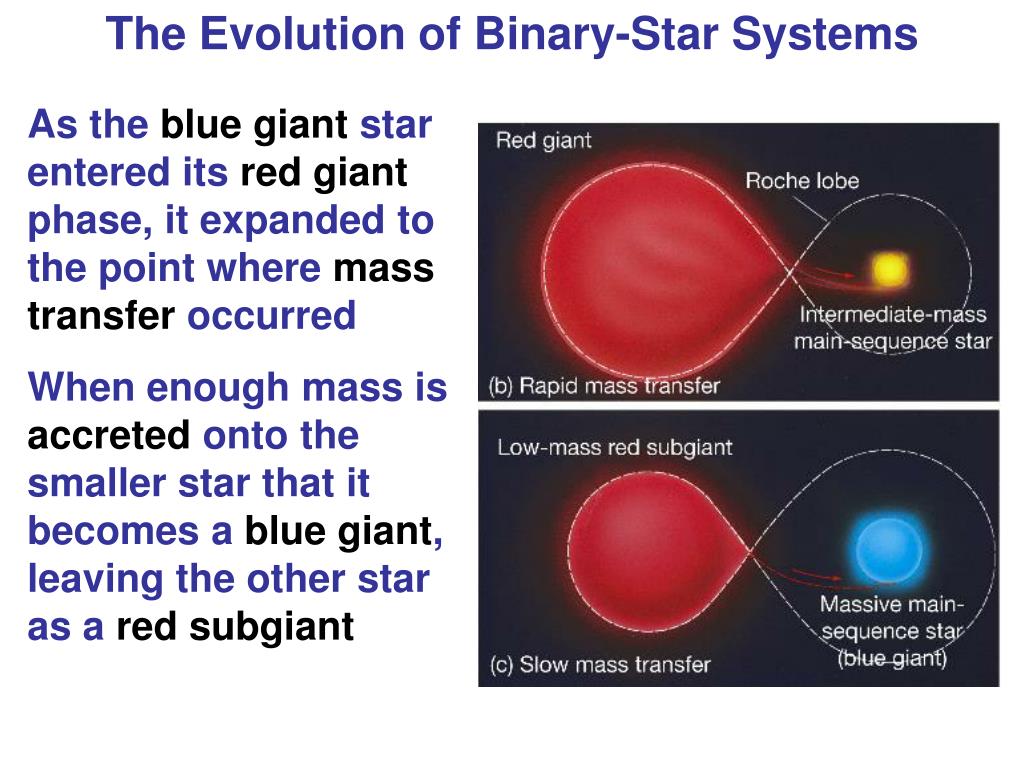Thanks, Jac, I remember the dwarf galaxy behind the globular, but I had no idea that the photobombing globular was NGC 6752!
Don't want to use up one more of my attachments, but I can't help myself:
Bdin 1 behind globular cluster NGC 6752.
Credit: NASA, ESA and L. Bedin
I hate those white "wings" of both sides of the picture - you get those on every Hubblesite image - but please just look at the contrast between Bedin 1 and the bright and much more distant edge-on spiral galaxy to the upper left of it!

There sure are creatures big and small in the great garden of the Universe.
Wikipedia wrote about Bedin 1:
Bedin I is a dwarf spheroidal galaxy located in the constellation Pavo. It is situated around 28.38 million light-years from Earth, behind the globular cluster NGC 6752. Bedin I is possibly one of the oldest galaxies known, having formed around 10–13 billion years ago, and is one of the most isolated dwarf galaxies known, situated around 2.12 million light-years away from NGC 6744, its nearest neighbor with which it may be physically associated. As such, it has been deemed by astronomers as a "fossil" from the early universe...
It is estimated to be around 840 by 340 parsecs, or 2,700 by 1,100 light-years, in size, which is a fifth the size of the Large Magellanic Cloud.
Let's return to the APOD and my second attachment:
The "spiky blue star about 8 o'clock from the cluster center" that the caption talked about is HD 177999A or TYC 9071-2141-1. This star is spectral class B9, it is located some 1,100 light-years away from us, and its color and brightness makes it somewhat similar to Alioth, the brightest star in the Big Dipper's handle.
According to today's caption, there are blue stragglers in NGC 6752. It's certainly not surprising that we find blue stragglers in a globular cluster, where stars whiz past one another all the time and exchange speeds, orbits and also mass. Of course, for a mass tranfer to occur, the stars must be in very close proximity indeed, as in famous star Algol and its unlucky shrunken red giant partner.
Blue B8-type star Algol is a blue straggler, because it was originally less massive than it is today. It probably started out as a late A-type star or even an F-type star. Its more massive companion evolved into a swollen red giant, but when it did so, it filled its so called Roche lobe and started spilling mass onto its compact companion.
Ann
 Globular Star Cluster NGC 6752
Globular Star Cluster NGC 6752

